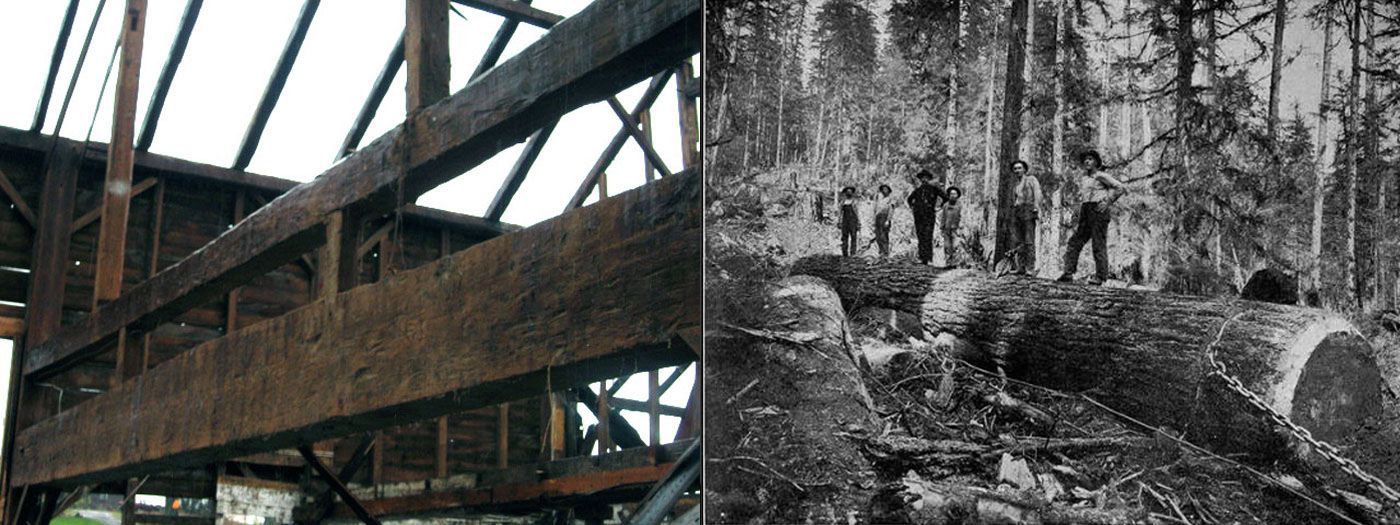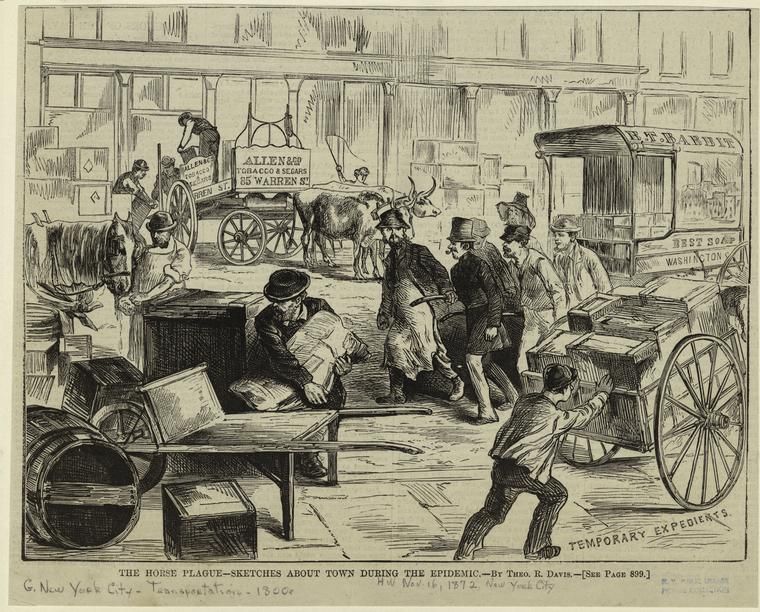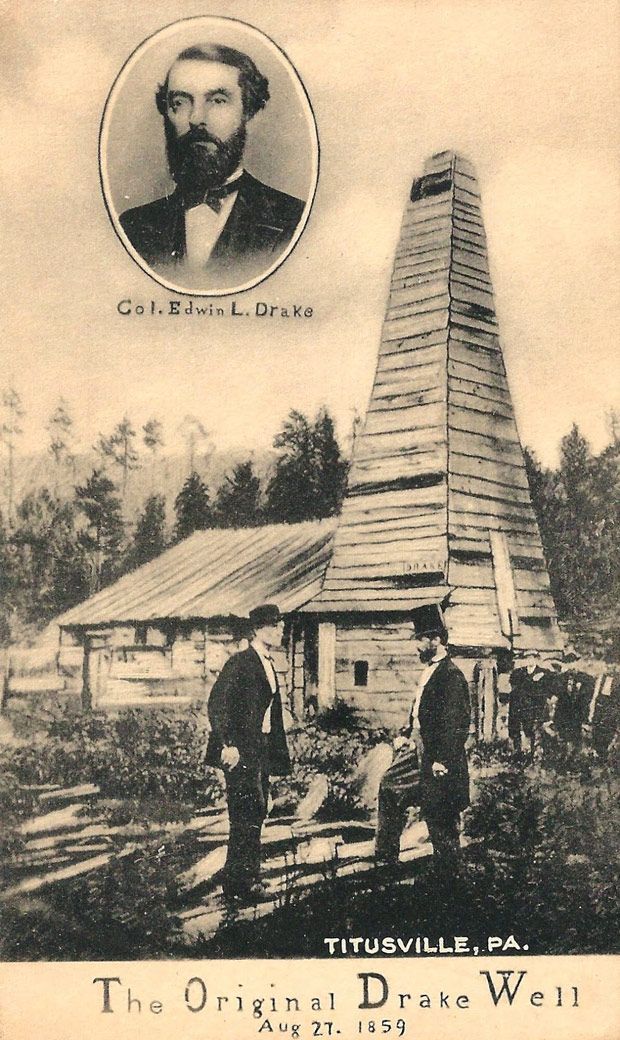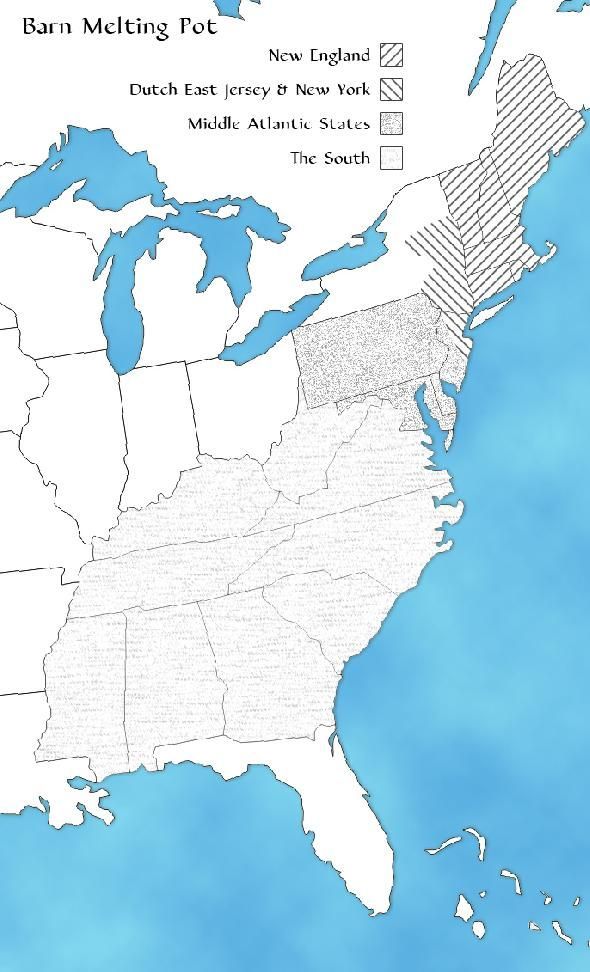A Heritage Barn Story
In the fall of 1609, English explorer Henry Hudson sailed up the river that would later bear his name. He was in search of a westward passage to Asia, but as the water sweetened and became less salty, it became clear to them that this was not the passage they were seeking. It was fine land though, and he claimed it for his patrons, The Dutch West India Company.
In 1624, the Dutch returned to the valley and began two settlements, one at the mouth of the river, which they called New Amsterdam, and the other at the furthest north reach that Hudson sailed to, which they called Fort Orange.

Not only did these settlers find a rich and fertile land, they found forests with enormous trees of hard, dense, tight ringed wood that had never felt the bite of the iron axe. And not only did these giants of the forest serve them well in their own buildings, but their lumber was prized in European countries that had long been settled and deforested.
To tame this wilderness and fell these trees was a challenge that at times proved fatal to these inexperienced settlers. David Demarest, the first settler to cross the Hudson from New Amsterdam into what is now Northern New Jersey was tragically killed when felling one of these massive trees for his family’s new home.
But the challenge proved rewarding despite the dangers. Felling and hand hewing timbers from this virgin forest, the first settlers built barns and homes unlike any they were able to build in Europe. Instead of piecing short timbers together, they could hew straight beams forty, fifty and even seventy feet long.
Not long after these first Dutch settlers arrived, the political wars of Europe spilled over to the New World and in 1664 the Dutch were forced to cede their colony to the English as a spoil of the Thirty Years War that had been fought on the European continent. The result being that the Dutch settlements of New Amsterdam and Fort Orange were renamed proper English names: New York and Albany.

The English also recognized not only the beauty of their new colony, but also the natural riches, especially the trees, of which they had a particular need. The Royal Navy was in desperate need of not only timbers for their ships, but also of Naval Stores such as varnish, tar, pitch and turpentine. They hoped these resources could be gotten from the massive Eastern White pine trees of the region. To help accomplish this, the English turned to their allies, the Germans, who provided 5000 settlers from the Palatine region and sent them over to the New World in 1710. The experiment would soon fail however, when the English realized that the Eastern White Pines did not produce a sap satisfactory for making naval stores, at which time they released the Palatine Germans to settle in the colony wherever they could. They pushed westward up the Mohawk River where they came to yet another river, which they named the Schoharie. It too was a fertile valley surrounded by high mountains.
It was here that Hartman Winedecker brought his family and built his home in 1713. Though he brought with him the customs of Germany, he chose to build his barn like those of the Dutch settlers in the region. Unlike the English barns, the architectural style of these barns dated back to the eleventh century.
All was well for the Winedeckers for their first fifty years on the frontier. This new land was good to them, and their massive-framed barn held all that the family needed, including abundant wheat harvests…
that is until another political dispute broke out, this time between the English and their colonists in America. Soon a full-blown Revolution was raging in the thirteen English colonies and the wheat of the Schoharie Valley was a valuable asset to the American troops under General George Washington.
Then in October of 1780, just when the harvest had been gathered into the barns, the British and Indian allies under the notorious Indian leader Joseph Brandt struck the Schoharie Valley.
These raiders spared nothing in their attempt to cut off the grain supply to Washington’s continental army. Six hundred homes, barns and outbuildings fell to their torches…except the barn of Hartman Winedecker’s. Somehow it was overlooked or bypassed. It would not only survive the American Revolution, but it would see the Revolutionary soldiers it sheltered live on to found a new nation. The Valley grew as new settlers came and Indian raids ceased. The opening of the Erie Canal in the 1820′s would transport grain stored in Winedeckers nearby barn as well as hundreds of thousands of pioneers heading westward via the Canal to the Great Lakes of the Midwest.
Civil War with its Southern brothers sundered the nation, followed over the next nearly century and half by seven more foreign conflicts.
Ultimately it saw use for another two centuries after the American Revolution until another Revolution finally caught up with it: The Industrial Revolution. In the 1970’s it fell victim to new mechanized improvements in agriculture, and its subsequent years of obsolescence neglect were more wearing on it than two and a half centuries of daily use.
By the year 2007, it was in need of a new lease on life. And that is when Heritage Restorations arrived to carefully dismantle and restore it to its original glory. Now this survivor of centuries and wars lives on, appreciated everyday by its new owners for its simply hand-crafted beauty and incredible history.





